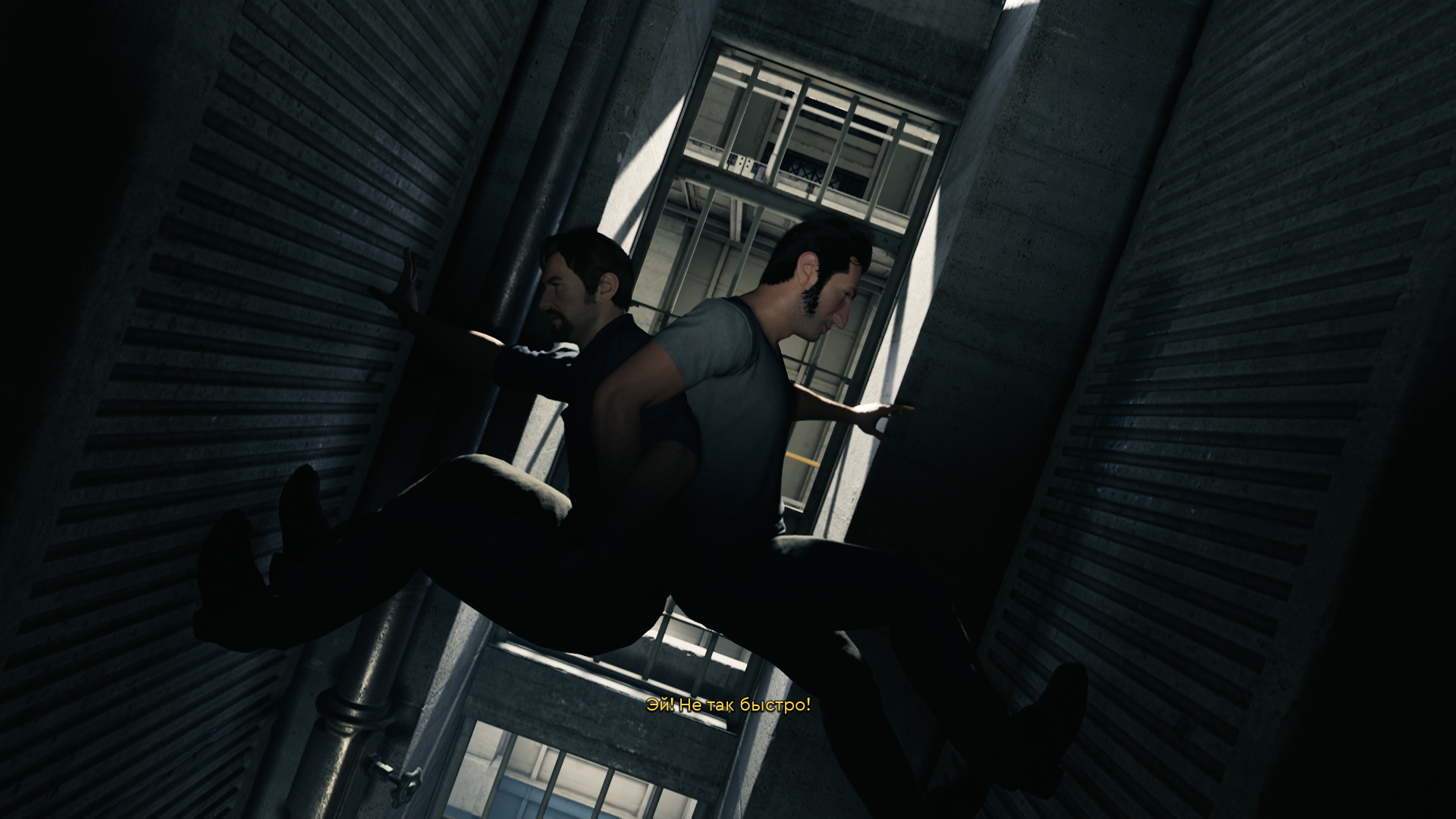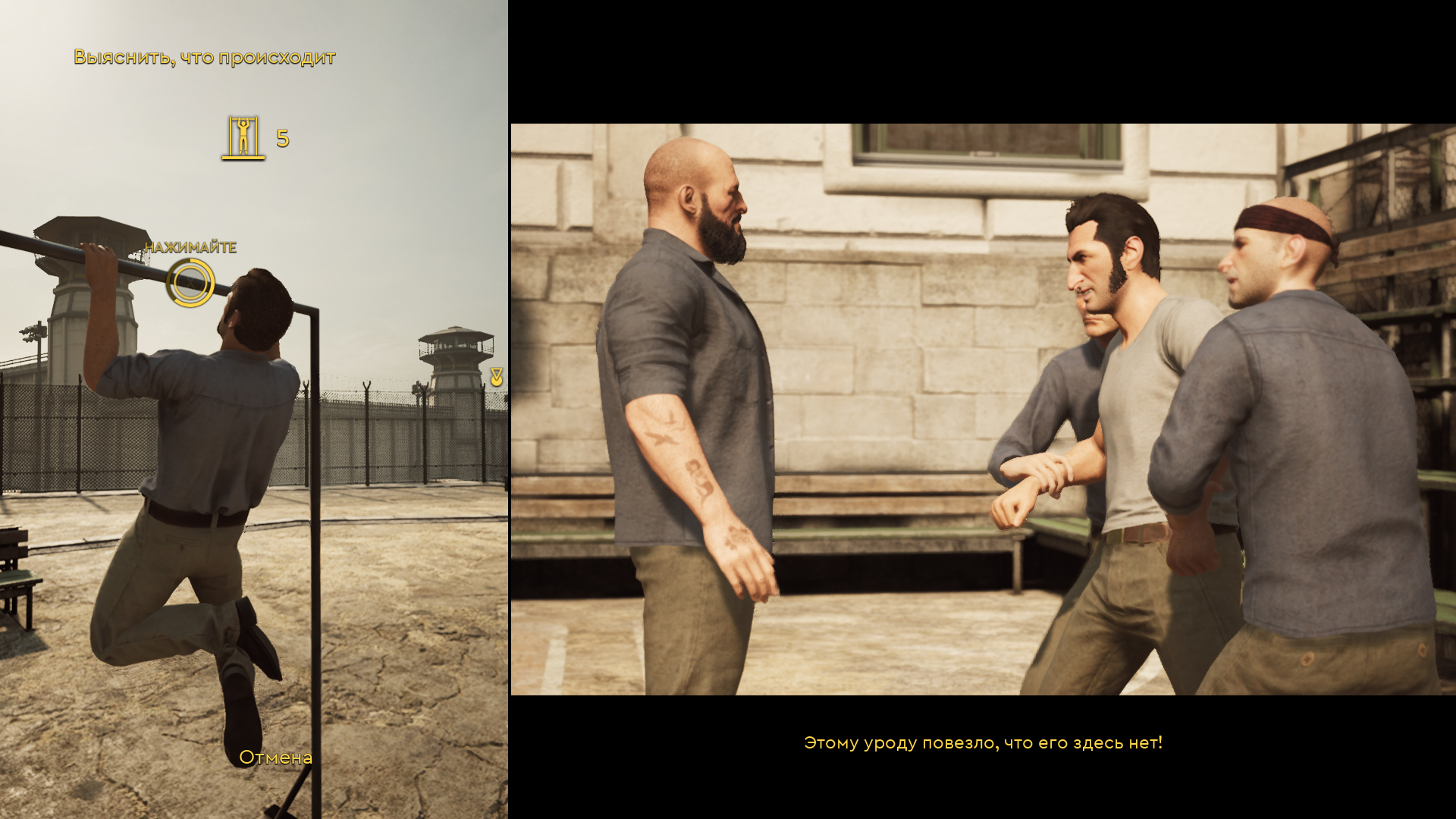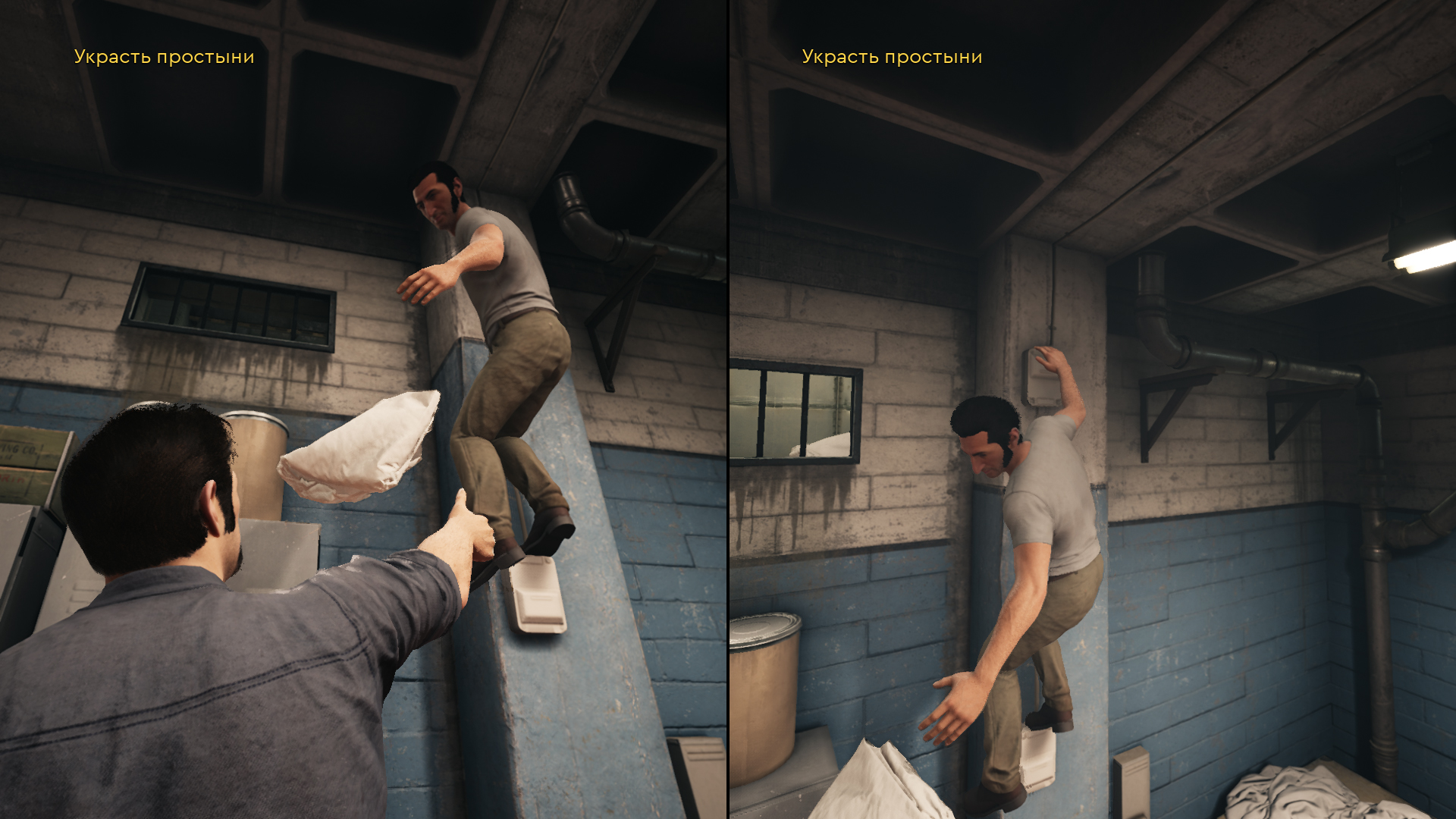Almost Like Shawshank – A Way Out Review

Tell me this: where have cooperative games gone? It wasn’t long ago that every other major release boasted the ability to play together, and it was great. It cost nothing to grab a bored friend and dive into the storyline of something like Saints Row: The Third, or spend the rest of the evening solving puzzles in Portal 2. Even mishaps like Call of Juarez: The Cartel were enjoyable solely because they allowed us to suffer together.
Now the situation is completely different. Someone suddenly decided that the very idea, which was laid down by the ancient people who invented consoles with two controller ports, is no longer relevant. While the market is bursting at the seams with an abundance of “Overwatch” and “Fortnites” of all kinds, multiplayer of a more personal nature is gradually being forgotten, even on indie marketplaces. Of course, there are still gems like Divinity: Original Sin 2 – which we will eventually tell you about – but the variety of the past is nowhere to be found.
That’s why the release of A Way Out is now perceived as a whole event. A normal, full-fledged adventure strictly for cooperative play, you say? Oh, two copies, please!
What? One is enough? Well then, no need to wrap it up, and keep the change.


In fact, the game does not deviate far from the formula relentlessly exploited by Quantic Dream and late Telltale. The symbiosis of toothless adventure with highlighted active points and interactive cinema, filled to the brim with QTE, here also serves as the driving force of the story, on which an obvious emphasis is made.
The plot revolves around a duo of prisoners, Leo and Vincent. Suspiciously quickly finding common ground, they discover that both of them, in general, are serving time for their merits, but still manage to find the guilty parties and firmly decide to escape from prison to seek revenge. And, of course, to overcome the well-trodden path from hatred to unbreakable friendship.
Your team’s cohesion will be frequently tested, and overcoming prepared challenges together is a pleasure like no other.
At the same time, there is not much to praise about the storytelling in A Way Out. A significant part of it resembles a collage of the most prominent examples from cinema, from “The Shawshank Redemption” to “Scarface,” and unfortunately, this is not a compliment. The entire script is permeated with a sense of secondariness, even though it is not always possible to identify specific sources – the stale clichés still make themselves known. It is especially frustrating that they are not subjected to any original interpretation.
Here we have typical family problems, forced into the story, and a pronounced MacGuffin that emerges somewhere in the middle without much need, as well as a villain whose every appearance suddenly ends in cold-blooded murder to emphasize his black and hopelessly flat nature. It’s all textbook.
The main characters themselves are not particularly original, representing a traditional duo of a fool and a grumbler, but it is precisely because of the contrast in their personalities that you become attached to them. Leo and Vincent are like Sam and Max in the context of a crime drama, the living embodiment of the motif of “we are so different, and yet we are together.” They constantly argue, joke, and vie for leadership, which gives rise not only to amusing dialogues but also to interesting cooperative interactions.


Go to the repair shop?
Although the premises are often illogical and silly, the situations that we find ourselves in following the characters fully compensate for the script’s shortcomings. Whether it’s a brawl in the prison cafeteria or an extreme river descent, problems always need to be solved together, sharing responsibilities and coordinating actions with your partner. Moreover, banalities like “let’s tear off a piece of the fence together” are used very rarely – tasks, as well as cooperation itself, are complex and captivating.
In one scene, for example, Vincent has to distract the nurse while Leo steals a screwdriver from under the nose of a sleepy guard. In another, you take turns standing on a ledge to avoid being caught by the guards while suspiciously tampering with the wall of the cell. In the third, you rob a gas station: someone has to keep the staff at gunpoint while your comrade cleans out the safe. Your team’s coordination will be tested frequently, and overcoming prepared challenges together is an experience that is hard to compare to anything else.
For a representative of their tribe, A Way Out surprisingly pays a lot of attention to gameplay and tries to diversify it with unique inserts. They include stealth, shooting, car chases, and even release you into a hub location where you can interact with NPCs or play backyard baseball, for example. While trying to sit on fifteen chairs at once, the developers clearly sacrificed the thoroughness of such mini-mechanics, but each episode is played in its own way, and in one evening, you can experience so many events that it makes your head spin.

Sometimes it was possible to do without the imposed split screen – or at least make it like LEGO games.
Because of this, you can’t say that the evening was wasted. Yes, the interactive movie from the game turned out to be mediocre: problems with the plot are exacerbated by uneven direction, alternating between cutscenes at the level of Heavy Rain and camera work from GTA III – which, by the way, is strange considering the main designer’s film background. Budget constraints probably affected some areas, but in some places even a small team could and should have done better.
At the same time, A Way Out offers a very solid two-player adventure, which you won’t find anywhere else. To refuse such a game in a world where competitive multiplayer has prevailed would be at least unwise.
Share
Discuss
More Reviews





